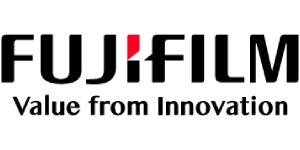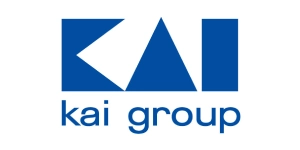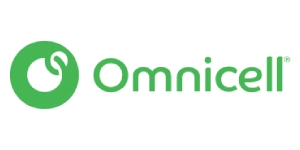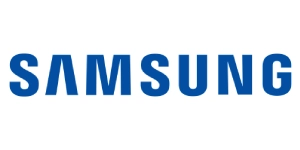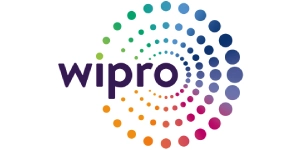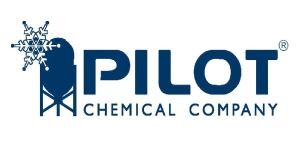How the Portable Scanner Market Is Transforming Document
Category : Semiconductor And Electronics | Published Date : Jun 2025 | Type : Press Release
A portable scanner is a compact electronic device that captures images and text from physical documents and converts them into a soft copy. In the digital era, the reliance on paper documents poses multiple challenges, including storage and accessibility issues, along with environmental concerns. The portable scanner market is transforming, providing multiple advantages such as improved remote work, enhanced workflows, boosting productivity, ensuring data security, reduced costs, and sustainability.
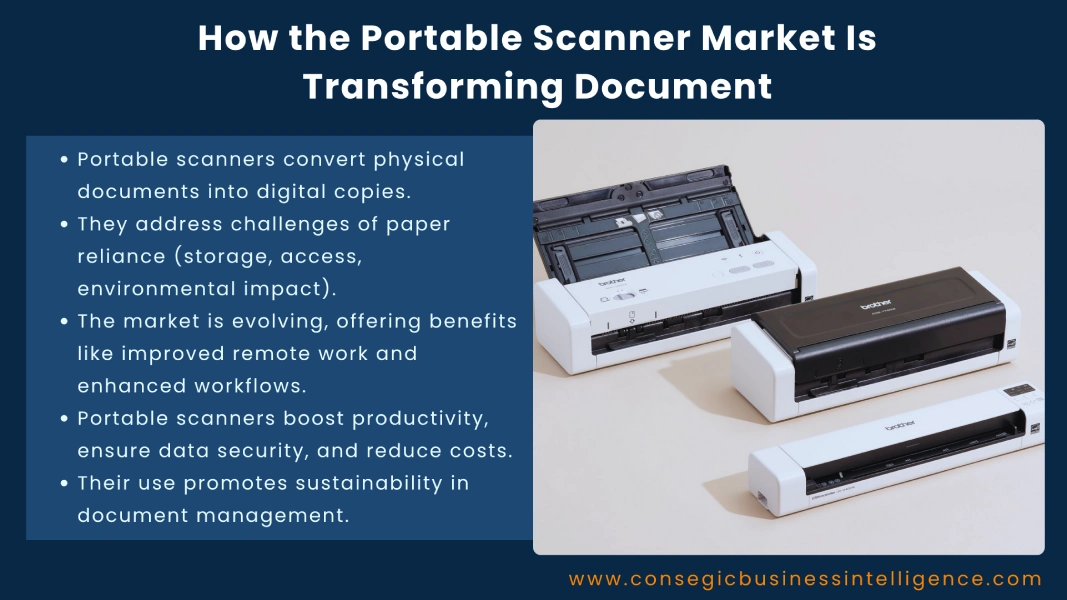
For instance, the Stonex X200 GO is a new, versatile sensor that has a rotating scanner coupled with a 300-meter range, allowing it to cover more space. It is used for scanning in all types of environments, including documents, artifacts, and others.
This blog explores the portable scanner market and how it is transforming the way of document management.
Document Management using Portable Scanners
- Enabling On-the-Go Digitization and Remote Work
The advantage of portable scanners is the digital transformation, owing to their ability to provide on-the-go digitization for storing information. These portable scanners are lightweight and easy to handle. It is beneficial for individuals who travel frequently. Additionally, professionals can scan receipts during business trips, thereby eliminating the need to return to the office to digitize information. Moreover, the convenience of instant capture reduces delays while ensuring correct information is stored in the digital system, thus enhancing its accuracy in real-time. Businesses have started adopting portable scanners rapidly, owing to their convenience and ease of use, thereby transforming document management.
- Streamlining Workflows and Boosting Productivity
Portable scanners enable businesses to work more efficiently, reducing the need for manual data entry, data searching, and retrieval. In addition, this cuts down on human error and saves searching time. Portable scanners are manufactured using Optical Character Recognition (OCR) technology, which converts scanned images into text that can be easily searched and edited, making it easier for companies to retrieve useful information.
Moreover, portable scanners, when connected with other tools, such as cloud platforms including Google Drive, are advantageous as they provide immediate access to the scanned files. This facilitates smooth workflow within multiple departments, thereby enabling businesses to make quick and informed decisions. Furthermore, companies are integrating portable scanners to improve collaborative work and facilitate faster responses to client requests by sending a scanned copy of the required documents instead of a hard copy. This method has proved to increase customer satisfaction, thereby fueling its market growth.
- Enhancing Data Security and Compliance
The shift towards portable scanners is not only about convenience and ease of use, but also about data security and compliance. Unlike the conventional method of data storage in paper files, portable scanners store information digitally, reducing the risk of data loss. Moreover, it keeps the information of clients confidential and secure, preventing data breaches. In addition, the information in portable scanners is stored in management systems, providing access to specific people. These scanners are gaining importance in industries such as finance and healthcare to keep the confidential information of clients secure.
For instance, the FARO Orbis Premium Mobile Scanner is an advanced laser scanner that combines a high-quality camera with Simultaneous Localization and Mapping (SLAM) algorithms to deliver accurate and detailed visuals. These scanners are excellent for forensic analysis and topographic mapping.
In comparison to the traditional method of documentation, portable scanners have proved to be secure, contributing to the transformation of the document management process.
- Reducing Costs and Promoting Sustainability
Using a portable scanner offers cost savings, owing to the direct elimination of copying and printing processes. Moreover, it eliminates the need for paper files, along with filing cabinets and other office supplies required for the same, thereby making it feasible for companies. In addition, the decrease in paper consumption reduces the cutting of trees and the energy-intensive process involved in paper production and recycling. This reduces the carbon footprint by minimizing emissions and waste generation. Adoption of portable scanners will not only provide businesses with efficiency in operations, but it will also lead to environmental sustainability.
The advantages of portable scanners have made it easier to manage documents digitally, thus increasing its market demand.
Conclusion
The rising adoption of portable scanners is marking a smart shift towards digital document handling. Apart from their convenience for use, these scanners are becoming essential in organizations to keep the data and information secure. Moreover, using portable scanners streamlines the workflow and reduces the paper files and storage costs. In addition, it ensures compliance with the security guidelines, thereby increasing its demand in multiple industries, where data storage and security are crucial. With a significant shift towards digitization, the adoption of portable scanners in organizations is increasing, thereby facilitating efficient and secure documentation.
In the future, the integration of advanced technologies, including AI in portable scanners, will facilitate better accuracy of scanned images and text, along with high security.


